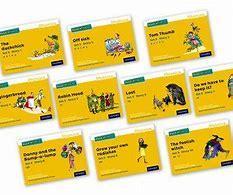Phonics
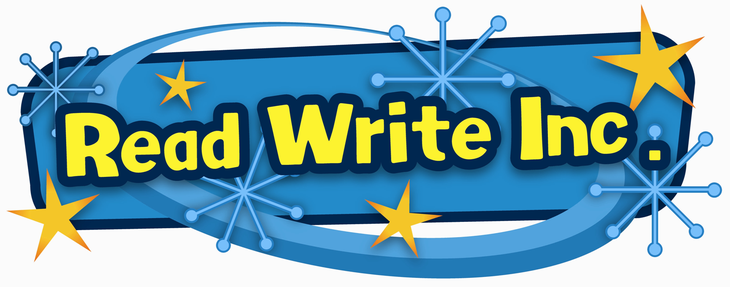
Understanding Phonics
Uploaded by None on 2019-09-12.
Our pupils learn to read and write effectively and quickly using the Read Write Inc. Phonics
programme.
Read Write Inc. Phonics
The programme is for:
- Pupils in Year R to Year 2 who are learning to read and write
- Any pupils in Years 2, 3 and 4 who need to catch up rapidly
- Struggling readers in Years 5 and 6.
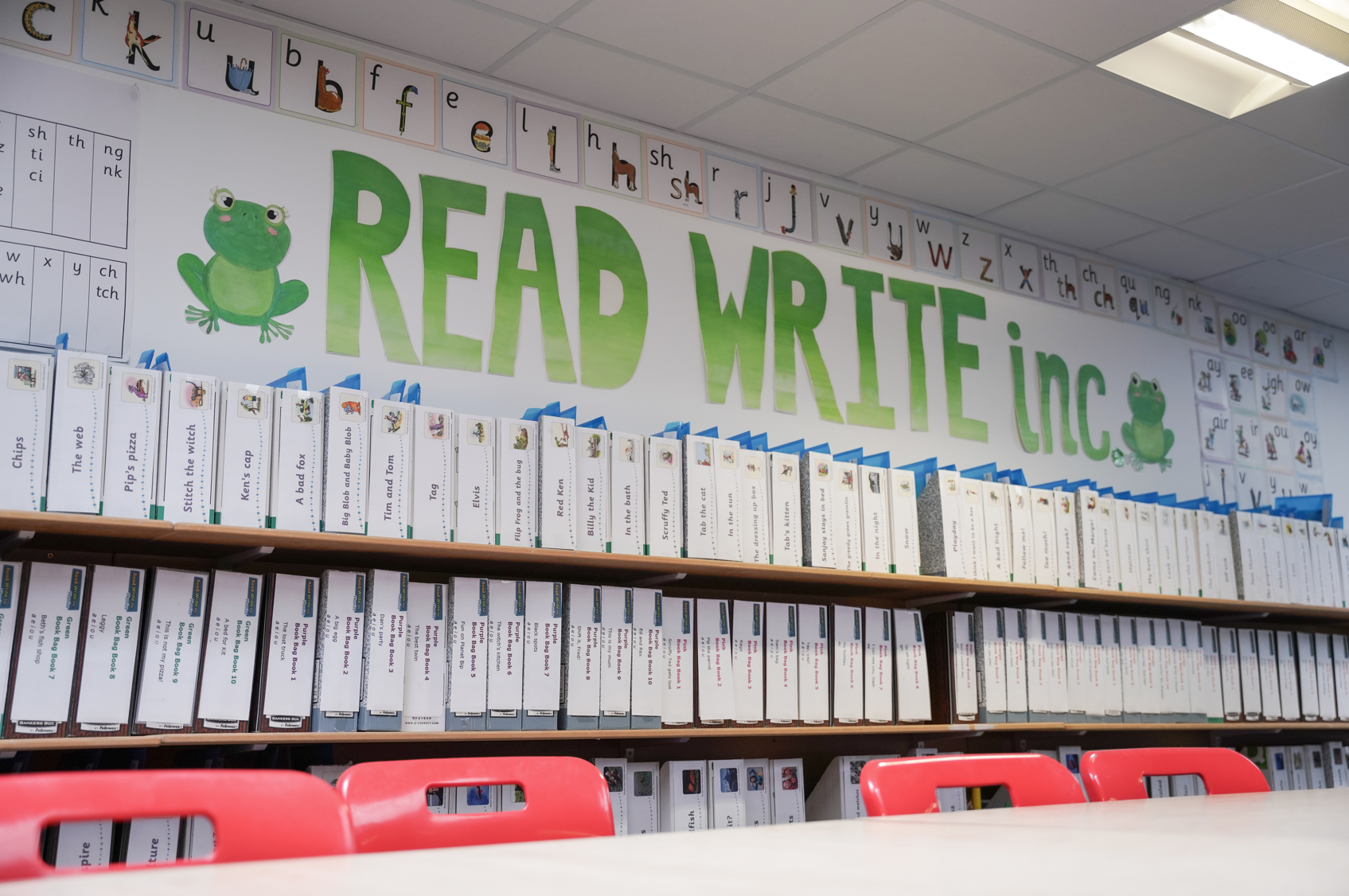
In Read Write Inc. Phonics pupils:
- Decode letter-sound correspondences quickly and effortlessly, using their phonic knowledge and skills
- Read common exception words on sight
- Understand what they read
- Read aloud with fluency and expression
- Write confidently, with a strong focus on vocabulary and grammar
- Spell quickly and easily by segmenting the sounds in words
- Acquire good handwriting.
In addition, we teach pupils to work effectively with a partner to explain and consolidate what they are learning. This provides the teacher with opportunities to assess learning and to pick up on difficulties, such as pupils’ poor articulation, or problems with blending or alphabetic code knowledge.
We group pupils homogeneously, according to their progress in reading rather than their writing.
This is because it is known that pupils’ progress in writing will lag behind progress in reading,
especially for those whose motor skills are less well developed.
In Reception, we emphasise the alphabetic code. The pupils rapidly learn sounds and the letter or groups of letters they need to represent them. Simple mnemonics help them to grasp this quickly.
This is especially useful for pupils at risk of making slower progress. This learning is consolidated daily. Pupils have frequent practice in reading high frequency words with irregular spellings – common exception words.
We make sure that pupils read books that are closely matched to their increasing knowledge of
phonics and the common exception words. This is so that, early on, they experience success and
gain confidence that they are readers. Re-reading and discussing these books with the teacher
supports their increasingly fluent decoding.
Alongside this, the teachers read a wide range of stories, poetry and non-fiction to pupils; they are soon able to read these texts for themselves.
Embedding the alphabetic code early on means that pupils quickly learn to write simple words and sentences. We encourage them to compose each sentence aloud until they are confident to write independently. We make sure they write every day.
Pupils write at the level of their spelling knowledge. The quality of the vocabulary they use in their writing reflects the language they have heard in the books the teacher has read to them; they have also discussed what the words mean.
Our aim is for pupils to complete the phonics programme as quickly as possible. The sooner they
complete it, the sooner they will be able to choose books to read at their own interest and
comprehension level.
Once children complete the Read Write Inc. Phonics programme they are taught in their year group for whole class guided reading. At the heart of our approach is the enjoyment of and engagement with a variety of texts. Pupils are encouraged to take their own meaning from each text, becoming independent and critical thinkers. Comprehension activities are designed to help children to infer, summarise, question, clarify, predict and argue a point of view. The children also make connections between texts and their own experiences.
Pupils are taught to articulate their thoughts and ideas out loud and to communicate what they
know and understand. Pupils answer every question with a partner, comment on each other’s
ideas, clarify each other’s thinking, and build upon each other’s thoughts and ideas. The teacher
asks questions to take their thinking further and clears up any misconceptions. Partner discussion helps teachers assess what and how pupils are learning throughout the lesson.
Teachers also read a wide range of stories, poetry and non-fiction to pupils. Pupils are encouraged to choose books to read at their own interest and comprehension level.
Outcomes for children Assessing and tracking progress
We assess all pupils following Read Write Inc. Phonics using the Entry Assessment. We use this data to assign them to Read Write Inc. Phonics groups. This gives us a very good indication of how well they are making progress relative to their starting points. We do this for all pupils, whenever they join us, so we can track all of them effectively, including those eligible for the pupil premium. For those on the Read Write Inc. Phonics programme, we record their starting date and entry point on the tracker to monitor the rate at which they are making progress. We can also easily identify those who joined the programme later.
In addition, we use a standardised reading test Head start so that we can ensure that the
gains our pupils are making are age-appropriate. We aim for all children to be accurate and speedy readers by the time they enter Key Stage 2. We have high expectations of our pupils’ progress. With ambitious expectations for the sounds and words that children should be able to read by the end of each term in Early Years Foundation Stage and Key Stage 1.
Expectations of progress
We support pupils who have identified special educational needs for however long it takes until
they can read. For example, we identify those who are at risk of falling behind their peers
immediately – whatever their age. Highly trained staff tutor them for 5-10 minutes every day, using the Read Write Inc. One-to-one tutoring programme. If a child arrives in Key Stage 2 reading below their chronological age or with English as an additional language they are taught Read Write Inc. Phonics until they too catch up with their peers.
By the end of Key Stage 1, our pupils are able to read aloud age-appropriate texts accurately and with sufficient speed for comprehension. This means that we can focus on developing their
comprehension, preparing them well for transition to Key Stage 2. Their good decoding skills mean that they have a sound strategy for decoding unfamiliar words when they come across them at whatever stage or in any subject, even into secondary school.
Quality of teaching, learning and assessment
The programmes’ ‘cycle of instruction’ means that, after direct instruction and guided practice, the pupils teach another pupil. In this way they all rehearse and consolidate what they have been learning. This helps the pupils to make their understanding clear to themselves and helps the teacher deal with any misconceptions. ‘Partner teaching’ is a key assessment tool. We also use this approach very effectively in other subjects.
In Read Write Inc. Phonics, because the pupils are grouped across the school in terms of their reading ability, they are reading at an appropriate decoding level every day. The homogeneous groups in the Phonic lessons help us to focus the teaching and ensure pupils learn to read quickly. Staff teaching Read Write Inc. Phonics record the results from the Assessments 1 and 2, which take place every eight weeks. This data allows us to intervene in different ways. For instance, we quickly move pupils to another group if they are progressing faster than their peers. Those who continue to struggle have one-to-one tutoring so that they keep up.
All the pupils are engaged, with a positive impact on their behaviour. They learn to participate fully: we agree with them the rules for working in a group or discussing with a partner. We discourage ‘hands up’ for answering questions because we believe that all pupils should answer every question. The teacher selects pupils to answer. The Read Write Inc. programmes have detailed lesson plans. These give the teachers practical day-today guidance, but we work hard to build on these plans so that the lessons are matched carefully to the needs of their particular group. Every activity is prepared thoroughly and has a clear purpose. The teacher explains this at the beginning so that the pupils understand, during the activity, what they are learning and why.
Home reading
Children are grouped according to their reading ability. Therefore your child will receive different things as they progress through the programme. Your child may not be taught phonics by their own class teacher or TA. We have a highly trained and dedicated team of staff who are passionate about ensuring children make progress and become speedy readers.
Your child should know what colour group they are in. Should you need to clarify this, the staff in your child's class will be able to help.
Set 1 A-C: will take home a picture book to share. The children in this group cannot decode (read) words independently. To support your child, please read the picture book to them a number of times. Talk about the pictures, ask them questions about what you have read to them and challenge them to retell the story.
Children will also bring home a list of sounds they have learnt. Please practise these with them regularly. This only needs to take a couple of minutes. If there are sounds they are less confident with, make these a priority to practise daily,
Watch this video to show you how to say the sounds:
Parent video: How to say the sounds
Uploaded by Ruth Miskin Training on 2020-01-20.
Ditty: Children will bring home a piece of paper each day. This is the ditty they have used in class today. This ditty allows the children to practise the sounds and words they have learnt with their teacher. Please listen to your child read this each night. Depending on your child's reading ability, they may also bring home a sound blending book. Let the child Fred Talk (sound out) each letter before blending it into a word.
The phrase we use in school is: Special friends? Fred talk. Read the word.
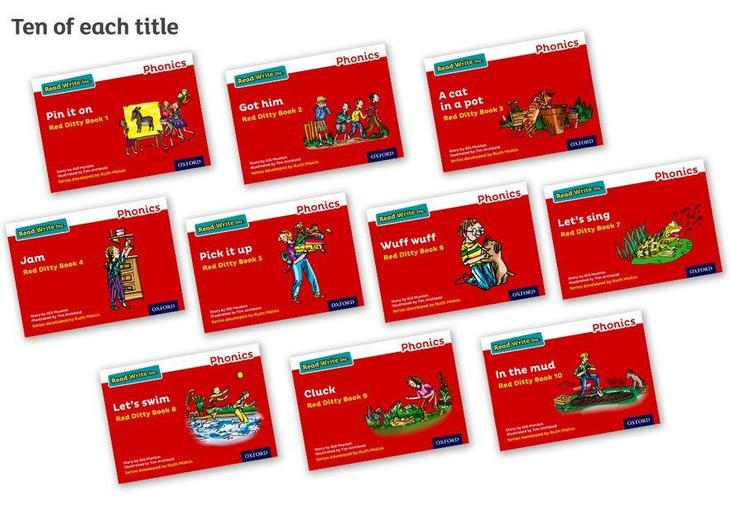

Green, Purple, Pink and Orange groups: These children follow a three day cycle, meaning their book will change every 3 days. They will bring home a book bag book corresponding to the book they have read in class. This book bag book will be fully decodable for your child, this means they can read it independently. However, please listen closely for any errors and ask the child to read the word again. You can use the phrase the children are used to hearing in class: "Special friends? Fred Talk. Read the word."
Your child will also have an Oxford Owl ebook library log in. On this online platform, children will be assigned the same reading book they have used in class. The children will be able to read this book fluently and will have spent time with their teacher mastering a 'story teller's voice.' Encourage your child to read this story to you. Remind them to make the story interesting with their voice.
A new book will not be given, if the old book has not been returned.

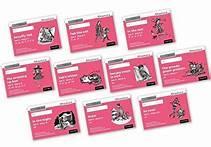

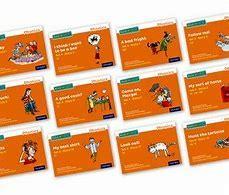
Yellow, Blue and Grey groups: These children follow a five day cycle, meaning their book will change every 5 days. They will bring home a book bag book corresponding to the book they have read in class. This book bag book will be fully decodable for your child, this means they can read it independently. However, please listen closely for any errors and ask the child to read the word again. You can use the phrase the children are used to hearing in class: "Special friends? Fred Talk. Read the word."
Your child will also have an Oxford Owl ebook library log in. On this online platform, children will be assigned the same reading book they have used in class. The children will be able to read this book fluently and will have spent time with their teacher mastering a 'story teller's voice.' Encourage your child to read this story to you. Remind them to make the story interesting with their voice.
A new book will not be given, if the old book has not been returned.


